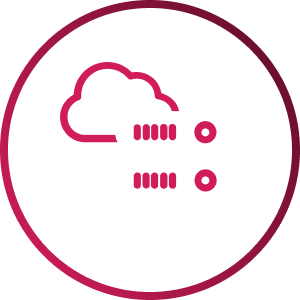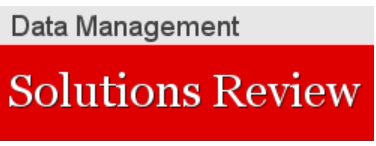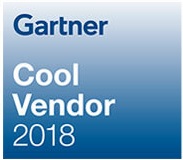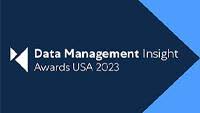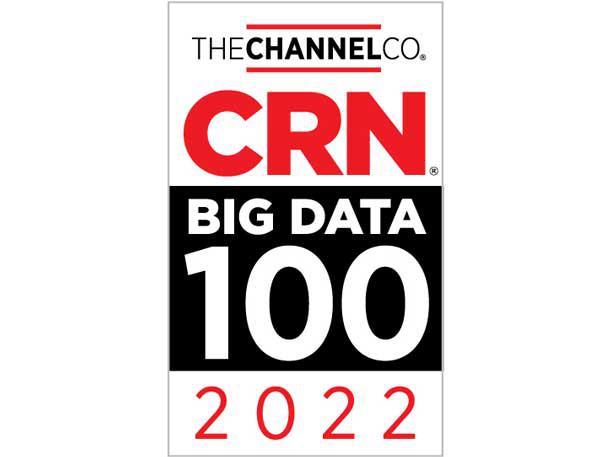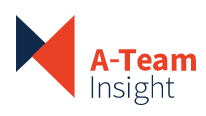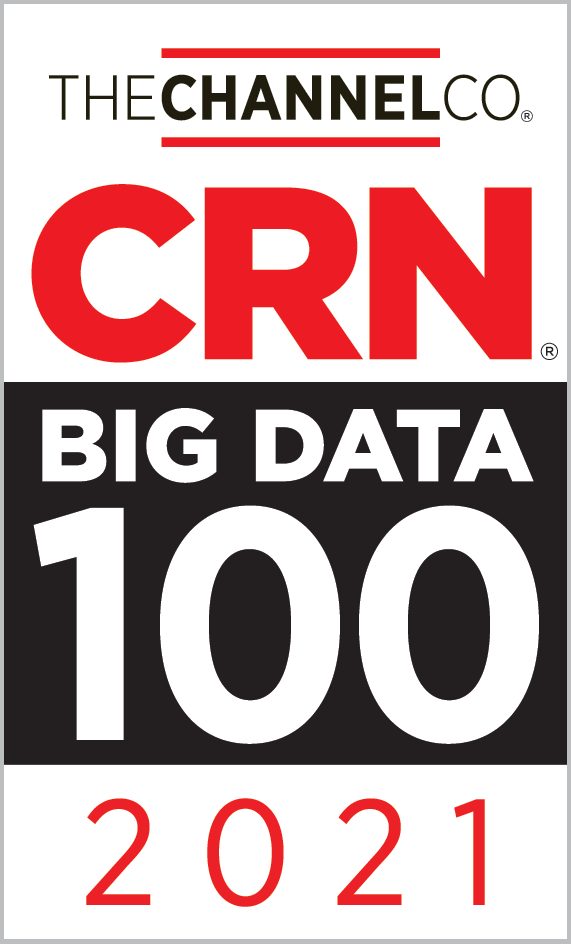Data Lineage Made Easy!
Execute changes with confidence
Ensure trustworthy data
100% automated solution
3h-48h time to value
Infinite augmented assets
Trusted by data teams to maximize data quality.

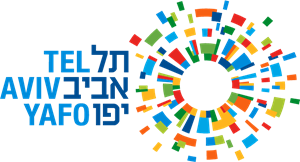
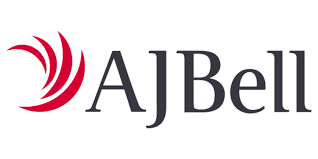
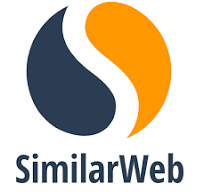
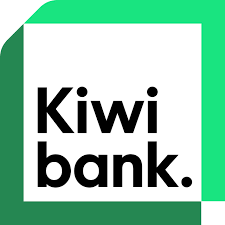
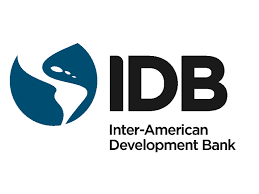

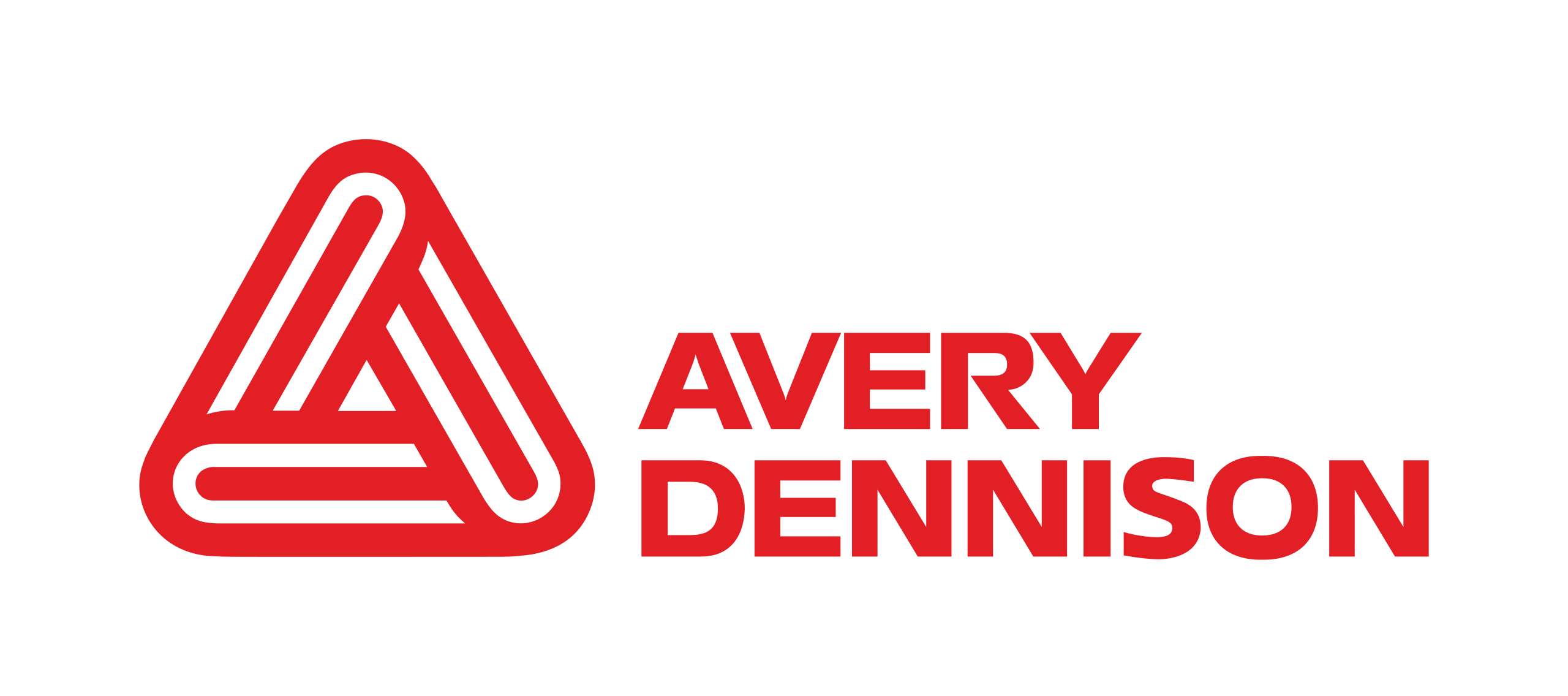




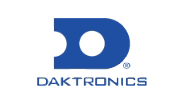
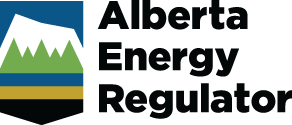





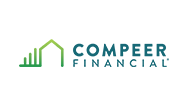


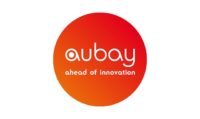
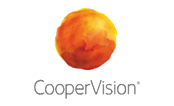
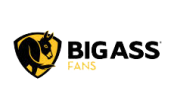


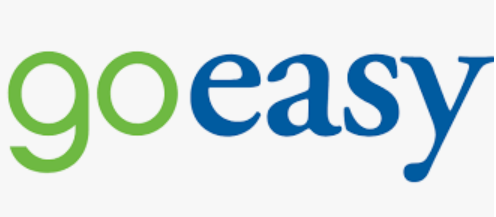
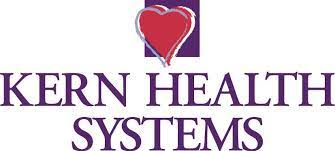
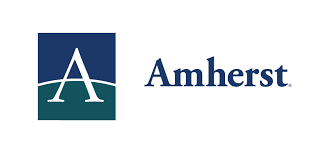
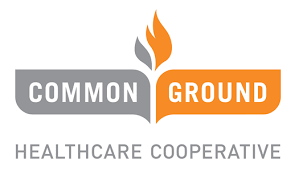














Harness the power of Data Lineage to achieve full control of your data
Best in Class Data Lineage
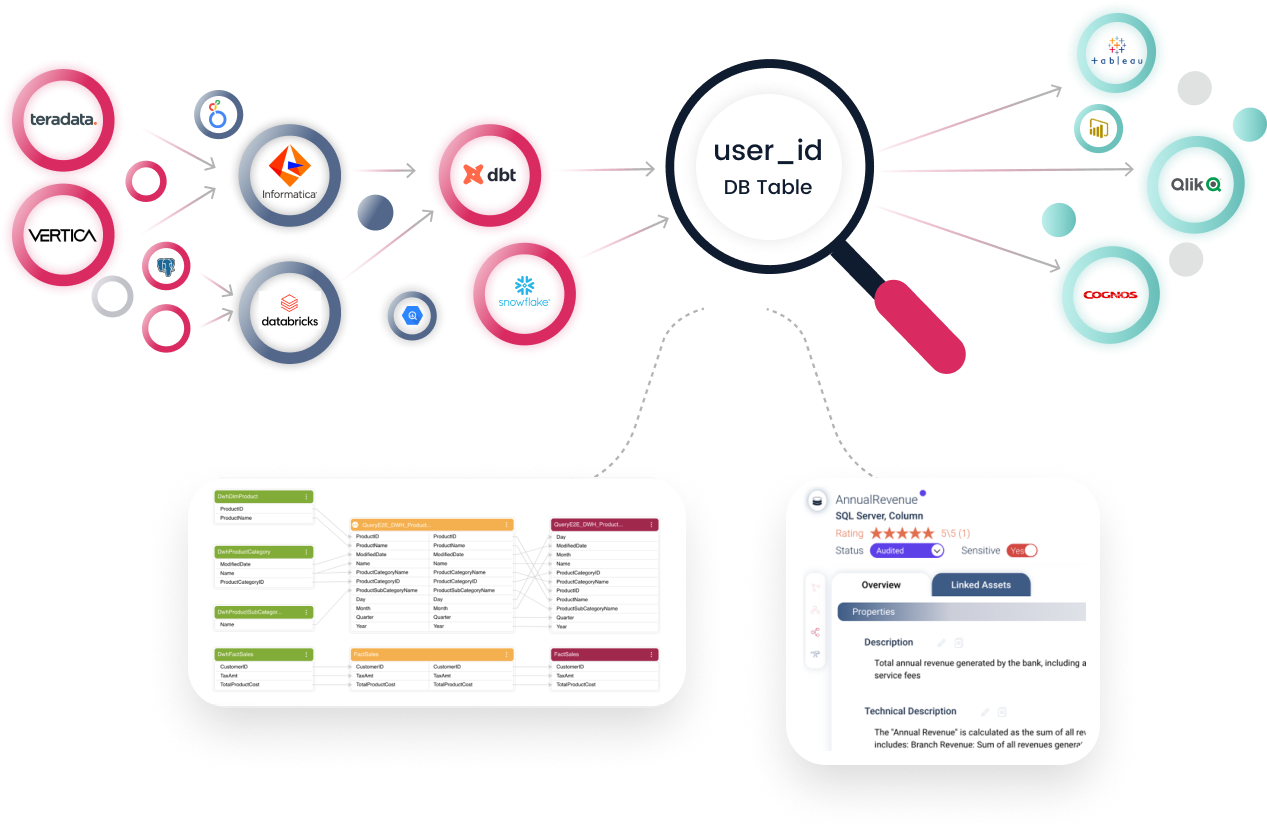
Inner & Cross
Platform
Covers the entire data ecosystems from ETLs, to databases, BI and reporting tools
Fast Setup &
Onboarding
Get up and running in up
to 24 hours
No Professional
Services Required
Unlike other platforms, Octopai has dozens of native integrations
Octopai is the only platform that can instantly navigate through most complex Cloud, On-Prem or Hybrid data landscapes. Gain access to the most comprehensive automated data lineage, discovery, and technical documentation.
Octomize AI
The First Ever AI Co-Pilot Augmenting Data Teams
Octomize, a GenAI agent that augments and empowers data teams with a real-time, unified workspace and automates, optimizes, and interprets scripts while providing immediate insights into data lineage right in your Octopai platform.
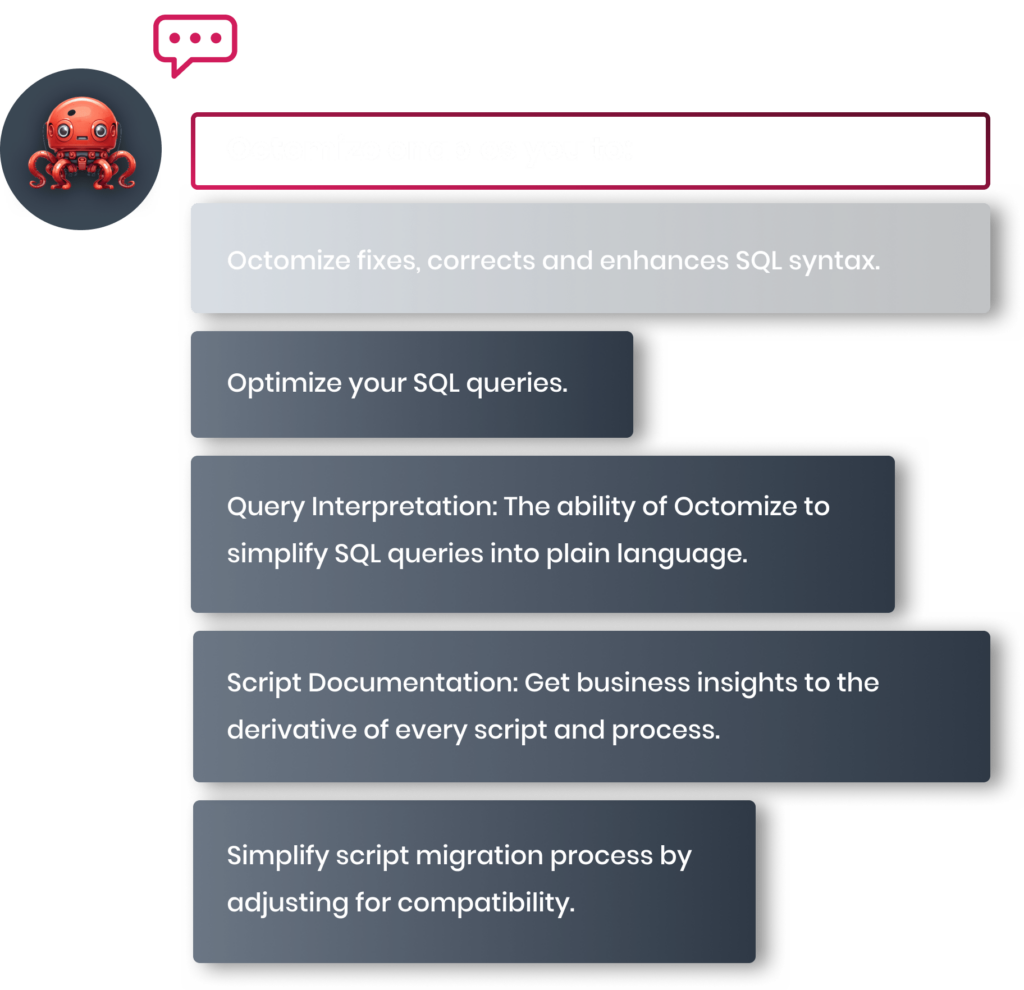
See what our customers achieved

Andrew Stewardson
Data Manager Farm Credit Services of America

The most complete lineage solution I have seen.

David Bachinsky
BI Manager Direct Finance (Mimun Yashir)

We use Octopai for so many things every single day. It saves us days of work by freeing up our team to deal with development instead of searching for data all day long.

Mark Horseman
Enterprise Information Management Northern Alberta Institute of Technology

We’ve seen major time savings up to 99% – what took weeks in the past now takes minutes or less, it’s insane.

Andrew Stewardson
Data Manager Farm Credit Services of America

The most complete lineage solution I have seen.

David Bachinsky
BI Manager Direct Finance (Mimun Yashir)

We use Octopai for so many things every single day. It saves us days of work by freeing up our team to deal with development instead of searching for data all day long.


